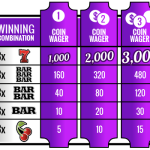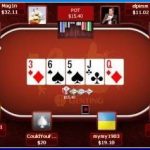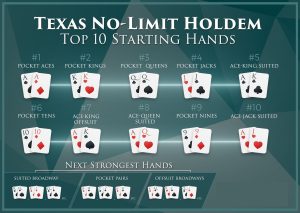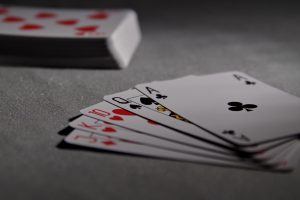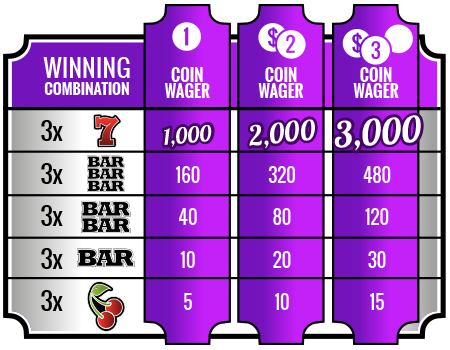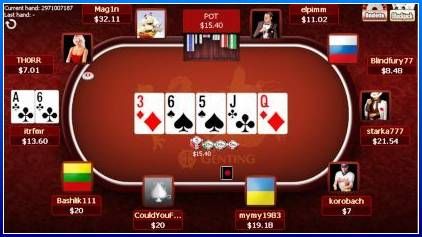When it comes to playing poker, one of the most important skills to master is the art of bluffing. Bluffing is the act of making bets or raises with a weak hand in order to deceive your opponents into thinking you have a strong hand. Knowing when to bluff and when to fold is crucial to your success at the poker table. In this article, we will explore the strategies and techniques you can use to become a master bluffer.
Understanding the Basics of Bluffing
Bluffing is a fundamental part of poker strategy. It is a way to manipulate your opponents into making mistakes by convincing them that you have a stronger hand than you actually do. Bluffing requires a combination of skill, timing, and intuition.
There are two main types of bluffs: the semi-bluff and the pure bluff. A semi-bluff is when you have a drawing hand that has the potential to improve in later rounds. A pure bluff is when you have no chance of winning the hand if your opponents call your bet.
Recognizing When to Bluff
Knowing when to bluff is just as important as knowing how to bluff. Bluffing too frequently can be costly, as your opponents will catch on and start calling your bets. On the other hand, never bluffing can make you too predictable and easy to exploit.
One key factor in deciding whether to bluff is your position at the table. Bluffing from late position is generally more effective, as you have more information about your opponents’ actions. Bluffing from early position is riskier, as you have less information and are more likely to face raises from your opponents.
Another factor to consider is the texture of the board. Bluffing on a board with a lot of possible draws can be more effective, as your opponents are less likely to have a strong hand. Bluffing on a dry board with few possible draws is riskier, as your opponents are more likely to have strong hands.
Knowing When to Fold
While bluffing is an important skill to master, knowing when to fold is equally crucial. Holding onto a weak hand in the hope of bluffing your way to victory can be a costly mistake. It is important to know when to cut your losses and fold.
One key factor in deciding whether to fold is the strength of your hand relative to the board. If the board is showing strong possibilities for your opponents to have a better hand, it may be wise to fold rather than risk losing more chips. Remember, it is better to fold a losing hand than to continue bluffing and lose even more.
Another factor to consider is the actions of your opponents. If your opponents are displaying strength with their bets and raises, it may be a sign that they have a strong hand. In this case, folding is often the best option to avoid losing more chips.
Practice Makes Perfect
Bluffing in poker takes practice and experience. The more you play, the better you will become at reading your opponents and knowing when to bluff and when to fold. By honing your skills and mastering the art of bluffing, you can become a formidable opponent at the poker table.
Remember, bluffing is not about tricking your opponents into making bad decisions. It is about using deception and psychology to gain an advantage and win more pots. With practice and dedication, you can become a master bluffer and take your poker game to the next level.
So, the next time you sit down at the poker table, remember the key principles of bluffing: when to hold and when to fold. By mastering these skills, you can outwit your opponents and come out on top. Good luck!


